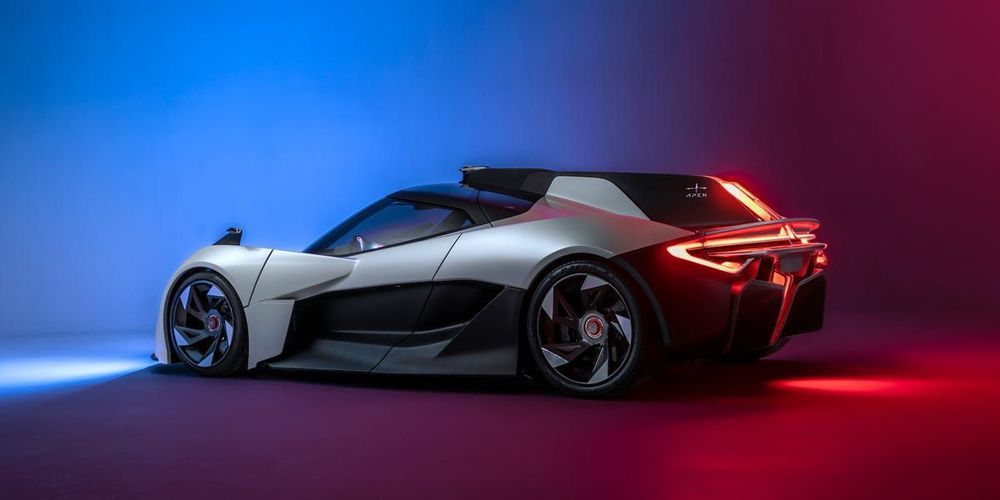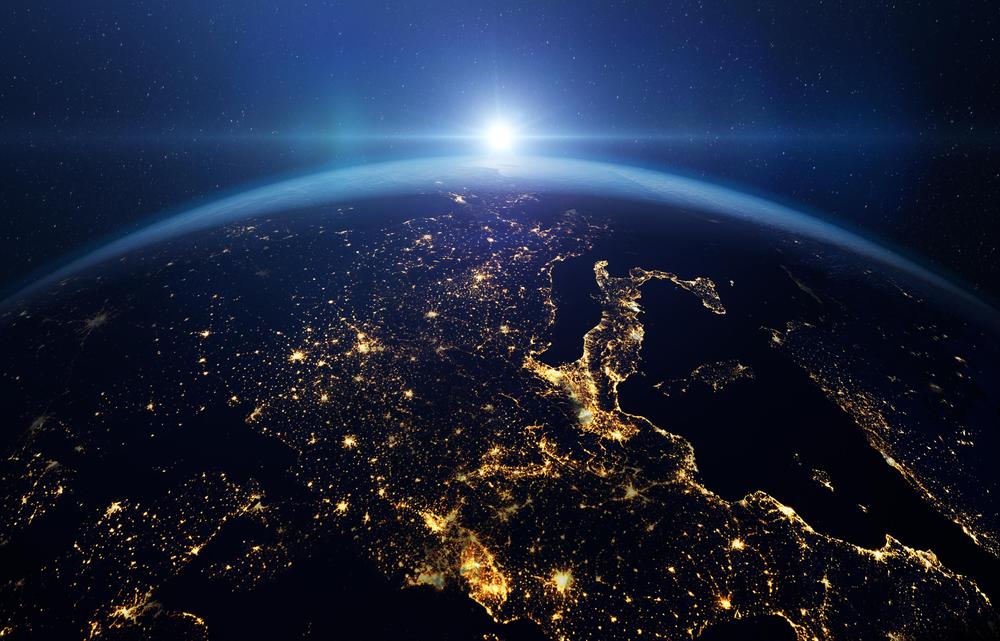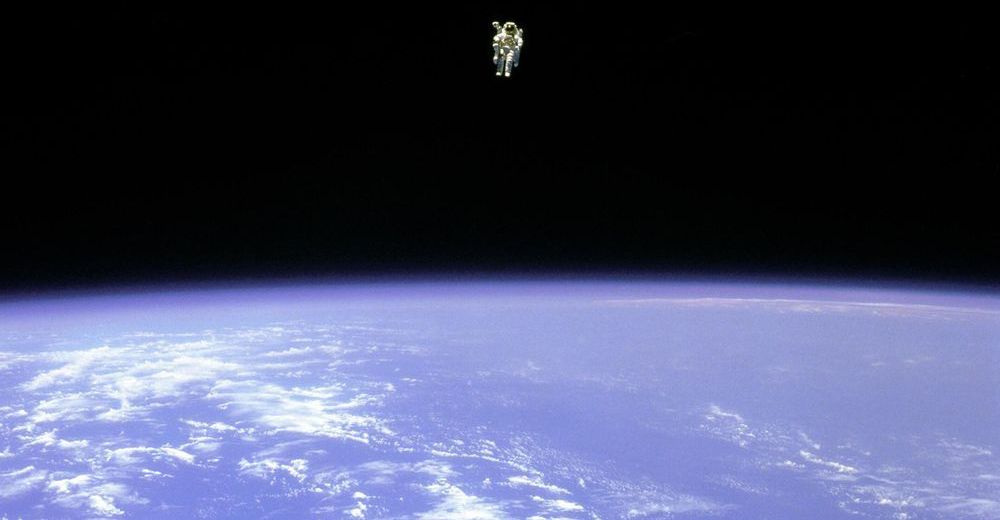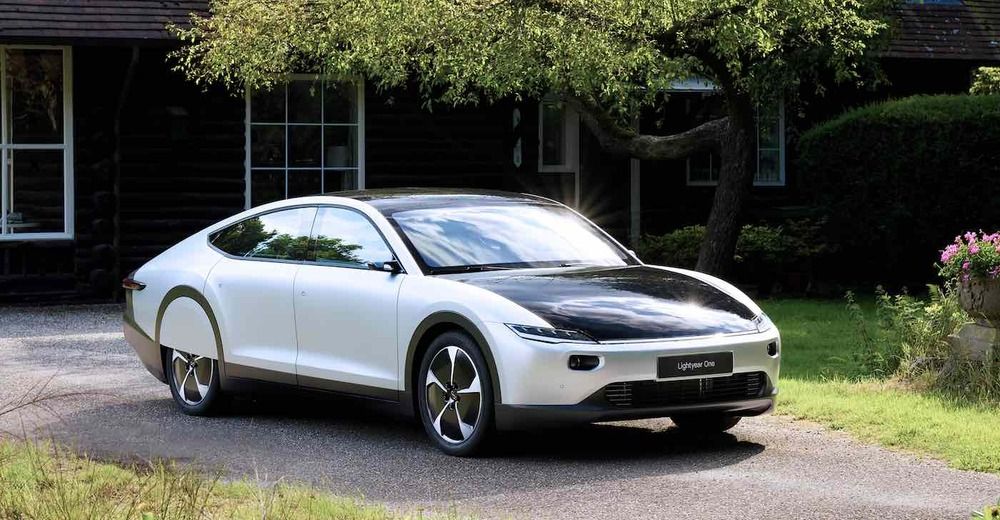It may sound like fiction, but on rare occasions, ordinary air bases have extraordinary mystery visitors. It happened to me, twice.



Now a new manufacturing method dubbed “robotic blacksmithing” has the potential to revolutionize the way high-quality structural parts are made, resulting in a new class of customized and optimized products. I am part of a loose coalition of engineers developing this process, a technique I believe can help revive U.S. manufacturing.
Today’s Technologies
Metal parts are used in all kinds of high-performance and safety-critical applications in transportation, mining, construction and power-generation equipment such as turbine engines. Most are made using one of a small number of classical manufacturing processes that haven’t changed much in decades.
No Autonomous Trucks? Wait, What? ‘…it resembled conventional human-operated transportation vehicles, but with one exception — there was no driver’s cabin.’ — Philip K. Dick, 1955.
Elon Musk’s Traffic Tunnel Challenge Is Boring ‘The car vibrated… threading the maze of local tubes.’ — Jack Vance, 1954.
HVSD, Kitty Hawk’s Electric Plane Very quiet commuter plane offers VTOL service.
Circa 2019
A Tesla owner has put over 1 million km (621,000 miles) on a Model S for the first time and he explains his experience in a video interview.
Hansjörg Gemmingen from Germany is the maniac (with all due respect) who has put so much mileage on his 2013 Model S P85.
He considers driving a hobby and he has put 600 km a day on the car on average.

AI on the mars rover is used to help it navigate the planet. The computer is able to make multiple changes to the rover’s course every minute. Technology behind the Mars rovers are very similar to that used by self-driving cars. The major difference is that the rover has to navigate more complicated terrain and does not have other vehicular or pedestrian traffic to take into account. That complicated terrain is analyzed by the computer vision systems in the rover as it moves. If a terrain problem is encountered, the autonomous system makes a change to the course of the rover to avoid it or adjust navigation.
AI and Space: Made for Each Other
Over the last few years we have continued to see a large effort to commercialize space. Several companies are even looking to start tourist trips into space. Artificial intelligence is working to make space commercialization a possibility and to make space a safe environment in which to operate. The various benefits of AI in space all work together to enable further venturing into the unknown.


Isolated at home? Then train like an astronaut.
That’s the inspirational advice from a public engagement specialist at NASA’s Jet Propulsion Laboratory in Pasadena, California.
Astronaut wannabe Rachel Zimmerman-Brachman said Friday that isolation is a lot like astronaut training. So she came up with this positive message and launched it via Facebook on Thursday:

A Dutch company from Eindhoven has released a prototype car called Lightyear One, that won the Bridgestone World Solar Challenge, being the very first long-range solar car in the world. It has already sold 100 orders to be filled in 2011 and is a four-passenger vehicle.
EHang gets go-ahead from Norway to test its eVTOL eHang 216.